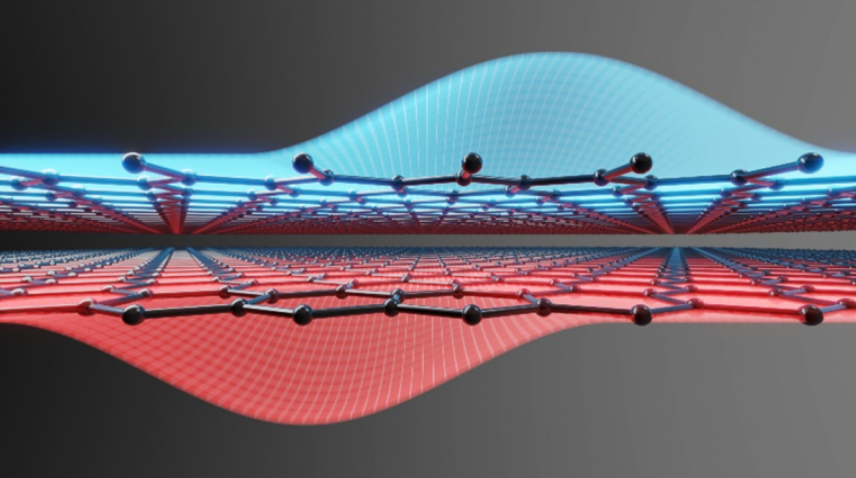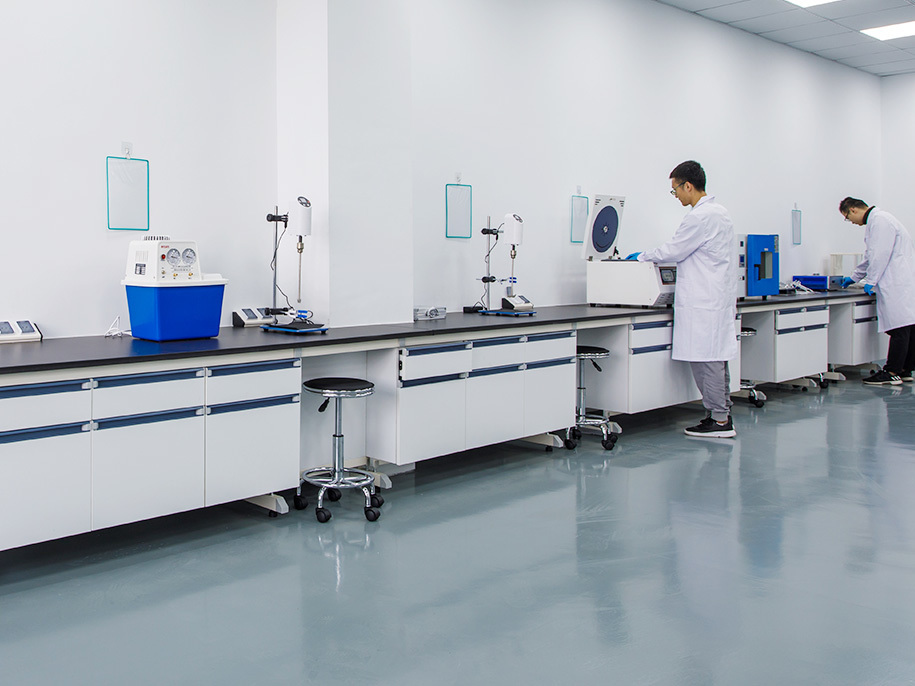Graphene Quantum Dots for Bio-Imaging and Sensing: A New Frontier in Biomedical Technology
The convergence of nanotechnology and medicine is reshaping how we diagnose and monitor diseases. Among emerging nanomaterials, Graphene Quantum Dots (GQDs) have drawn significant attention due to their unique optical, electronic, and biocompatible properties.

With their size-dependent fluorescence, high stability, and low toxicity, GQDs show enormous potential for bio-imaging and biosensing applications, including cancer diagnosis, pathogen detection, and real-time cellular monitoring.
This article explores the optical properties, biomedical applications, advantages, and challenges of graphene quantum dots in bio-imaging and sensing.
What Are Graphene Quantum Dots (GQDs)?
Graphene Quantum Dots are nanoscale fragments of graphene, typically less than 10 nm in size. Unlike bulk graphene, which has zero bandgap, GQDs exhibit quantum confinement and edge effects that create a tunable bandgap.
Key Features of GQDs:
-
Fluorescence: Emit bright and stable photoluminescence across the visible to near-infrared spectrum.
-
Biocompatibility: Less toxic compared to semiconductor quantum dots (like CdSe).
-
Chemical Tunability: Surface functional groups (hydroxyl, carboxyl, amine) enable easy modification for targeting.
-
Photostability: Resist photobleaching, offering long-term imaging capability.
Optical Properties for Bio-Imaging
GQDs’ optical characteristics make them highly suitable for imaging biological systems:
-
Size-Dependent Fluorescence
-
Smaller GQDs emit blue light, while larger ones shift toward green or red.
-
This tunability enables multi-color imaging of different biological targets.
-
-
High Photostability
-
Unlike organic dyes, GQDs maintain fluorescence under continuous illumination.
-
-
Two-Photon Excitation
-
GQDs can be excited by near-infrared light, enabling deep-tissue imaging with reduced damage.
-
-
Low Background Noise
-
Minimal autofluorescence interference compared to conventional dyes.
-
GQDs in Bio-Imaging Applications
1. Cellular Imaging
-
GQDs penetrate cells and emit fluorescence for tracking cellular processes.
-
Used for visualizing cell division, apoptosis, and organelle localization.
2. Tumor Imaging
-
Functionalized GQDs can selectively bind to cancer biomarkers.
-
Provide high-contrast fluorescence for tumor detection and surgical guidance.
3. Real-Time Tracking
-
GQDs can monitor drug delivery pathways inside cells.
-
Enable dynamic imaging of therapeutic responses.
GQDs in Biosensing Applications
Beyond imaging, GQDs serve as sensitive components in biosensors due to their fluorescence and electron transfer properties.
1. Disease Detection
-
GQDs can detect biomolecules like glucose, DNA, or proteins by changes in fluorescence.
-
Useful for early diagnosis of diseases such as cancer and diabetes.
2. Pathogen Detection
-
Functionalized GQDs can recognize specific bacteria or viruses, offering rapid biosensing platforms.
3. Environmental Biosensors
-
Detect heavy metals, toxins, or pollutants with high sensitivity.
-
Expand GQD applications beyond healthcare into environmental monitoring.
Advantages of GQDs in Biomedical Applications
-
Low Toxicity → Safer than heavy-metal-based quantum dots.
-
High Sensitivity → Detect biomolecules at very low concentrations.
-
Biodegradability → Can be metabolized or excreted naturally.
-
Surface Functionalization → Allows targeted imaging and sensing.
-
Stability → Resist photobleaching and environmental degradation.
Challenges and Limitations
Despite their promise, several challenges remain:
-
Controlled Synthesis
-
Difficult to achieve uniform size and emission wavelength consistently.
-
-
Limited Quantum Yield
-
Fluorescence intensity often lower than semiconductor quantum dots.
-
-
Surface Chemistry Complexity
-
Functionalization must balance biocompatibility and performance.
-
-
Long-Term Safety
-
More studies needed on in vivo toxicity and biodistribution.
-
Case Studies and Research Highlights
-
Cancer Imaging: Researchers demonstrated GQDs conjugated with folic acid to target tumor cells, showing high imaging contrast.
-
DNA Biosensing: GQDs were used in fluorescence quenching assays to detect DNA mutations associated with genetic diseases.
-
Dual-Mode Imaging: Hybrid GQDs integrated with MRI agents provided both fluorescence and magnetic imaging for enhanced diagnostics.
Future Outlook
The future of Graphene Quantum Dots in bio-imaging and sensing is promising, with trends pointing toward:
-
Multi-Modal Imaging Systems: Combining GQDs with other imaging agents (MRI, CT, PET) for comprehensive diagnostics.
-
Wearable Biosensors: Integrating GQDs into flexible devices for real-time health monitoring.
-
Personalized Medicine: GQD-based sensors for patient-specific diagnostics and therapy monitoring.
-
Scalable Production: Developing eco-friendly, low-cost synthesis methods for commercial applications.
Graphene Quantum Dots (GQDs) are redefining the landscape of bio-imaging and biosensing with their fluorescent, biocompatible, and tunable properties. From cancer diagnosis to real-time biosensing, GQDs provide a safer and more versatile alternative to traditional dyes and semiconductor quantum dots.
Although challenges remain in scalable production, fluorescence optimization, and long-term safety, ongoing research continues to push GQDs closer to clinical and commercial adoption.
As biomedical technology advances, GQDs are poised to become essential tools for next-generation medical diagnostics and sensing platforms, bridging the gap between nanomaterials and healthcare innovation.

